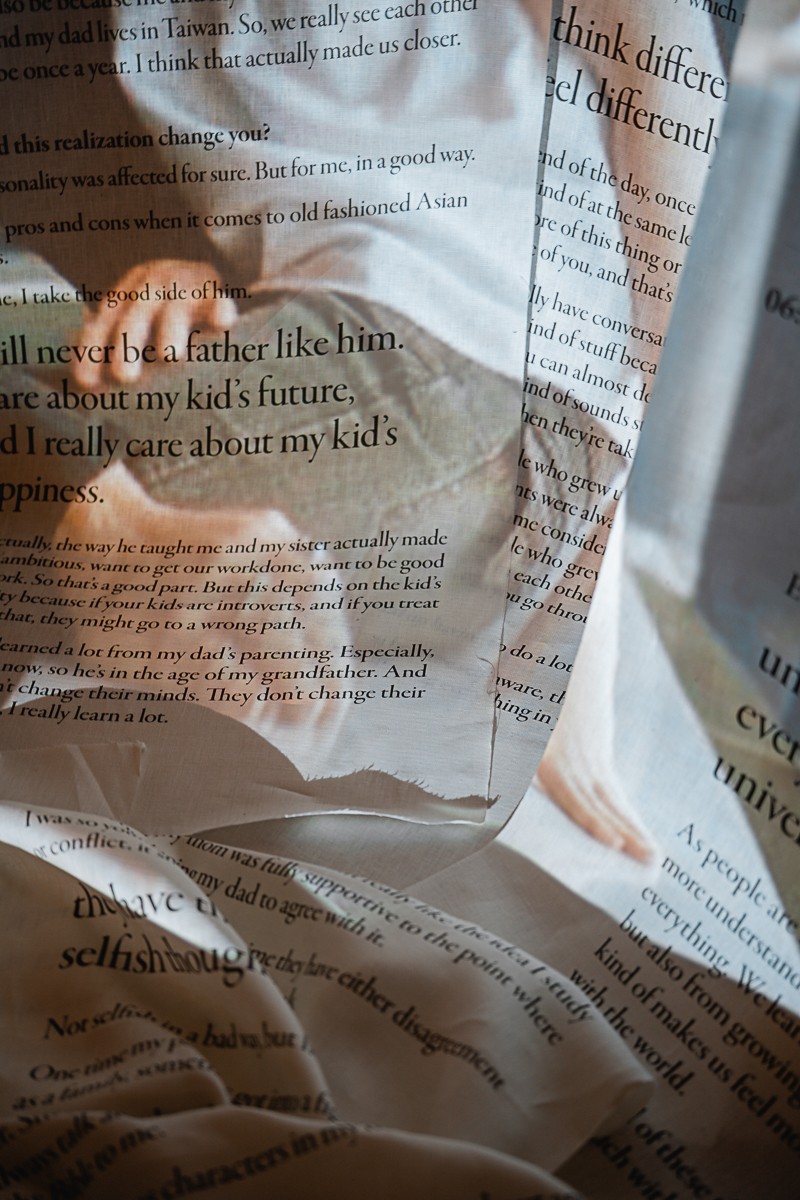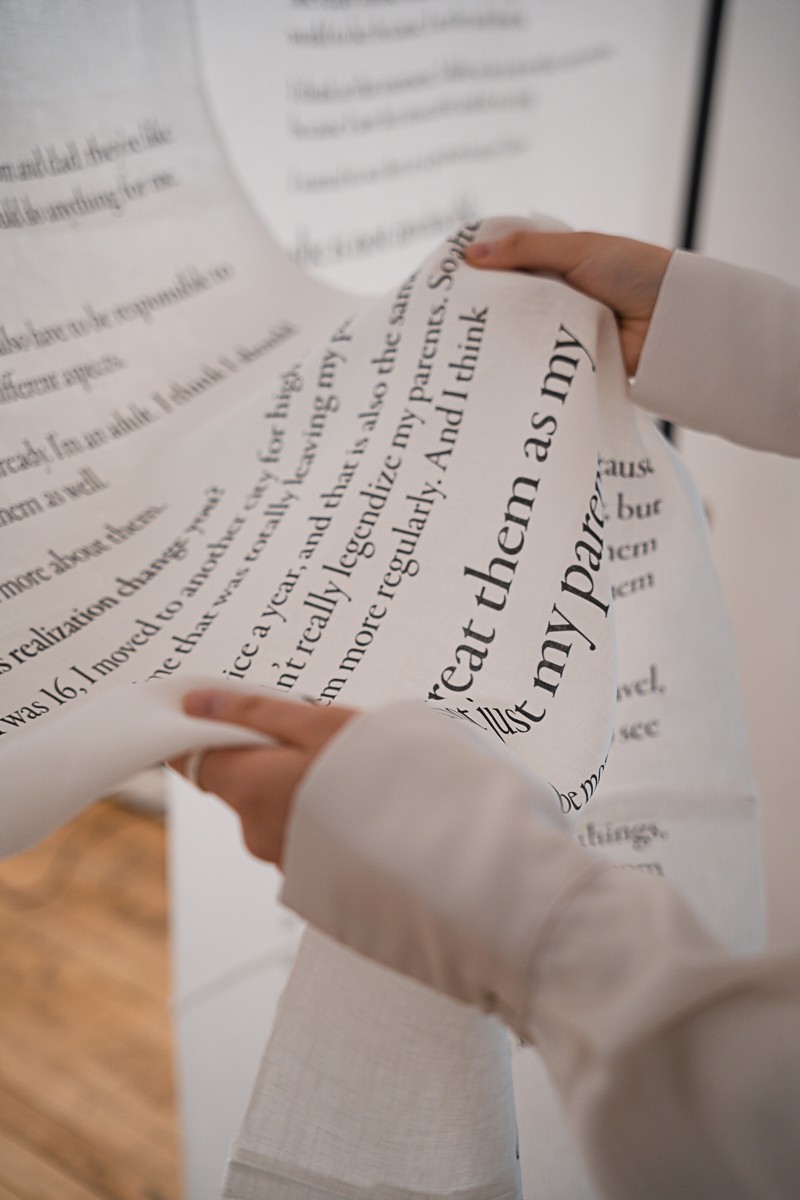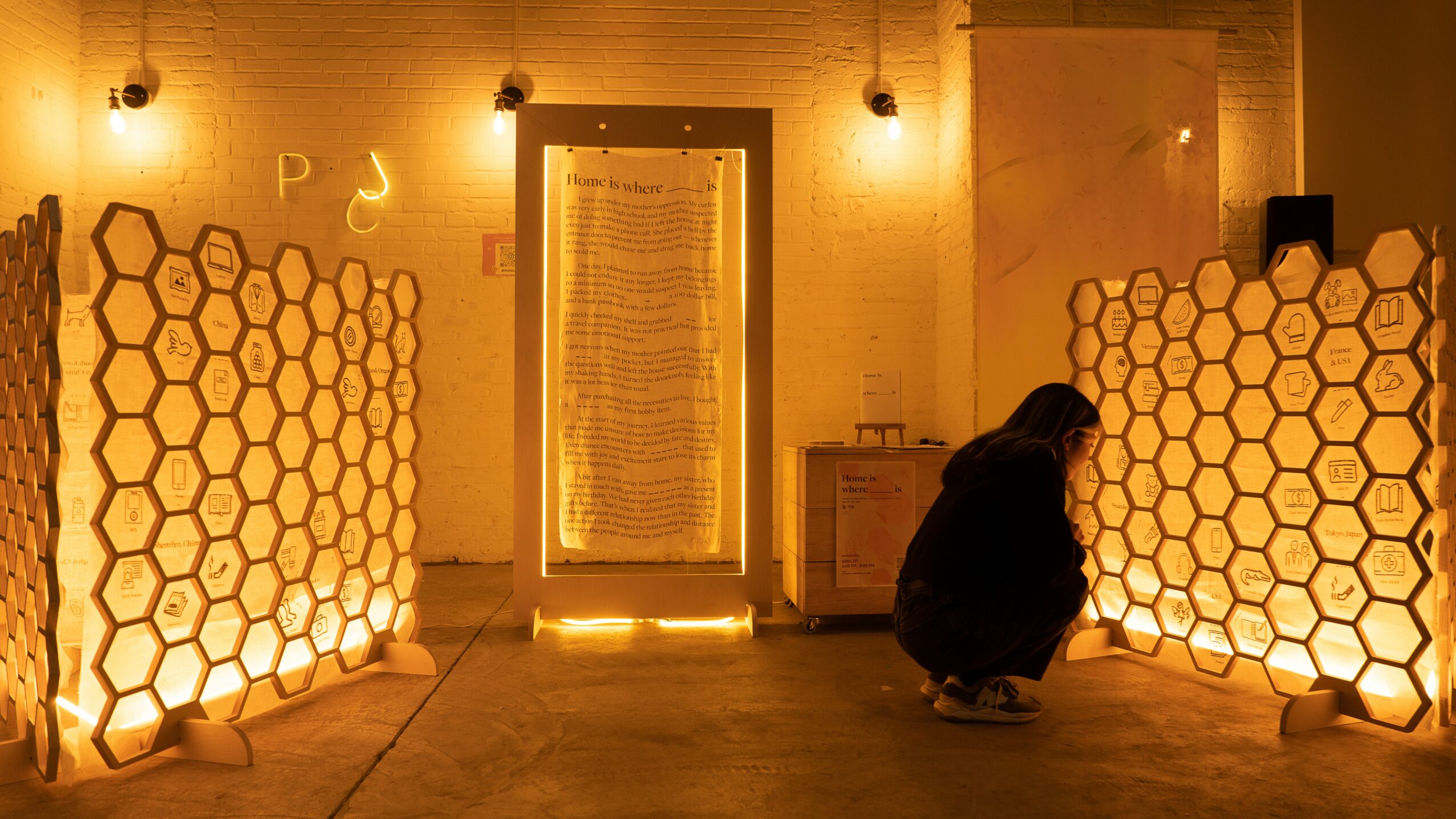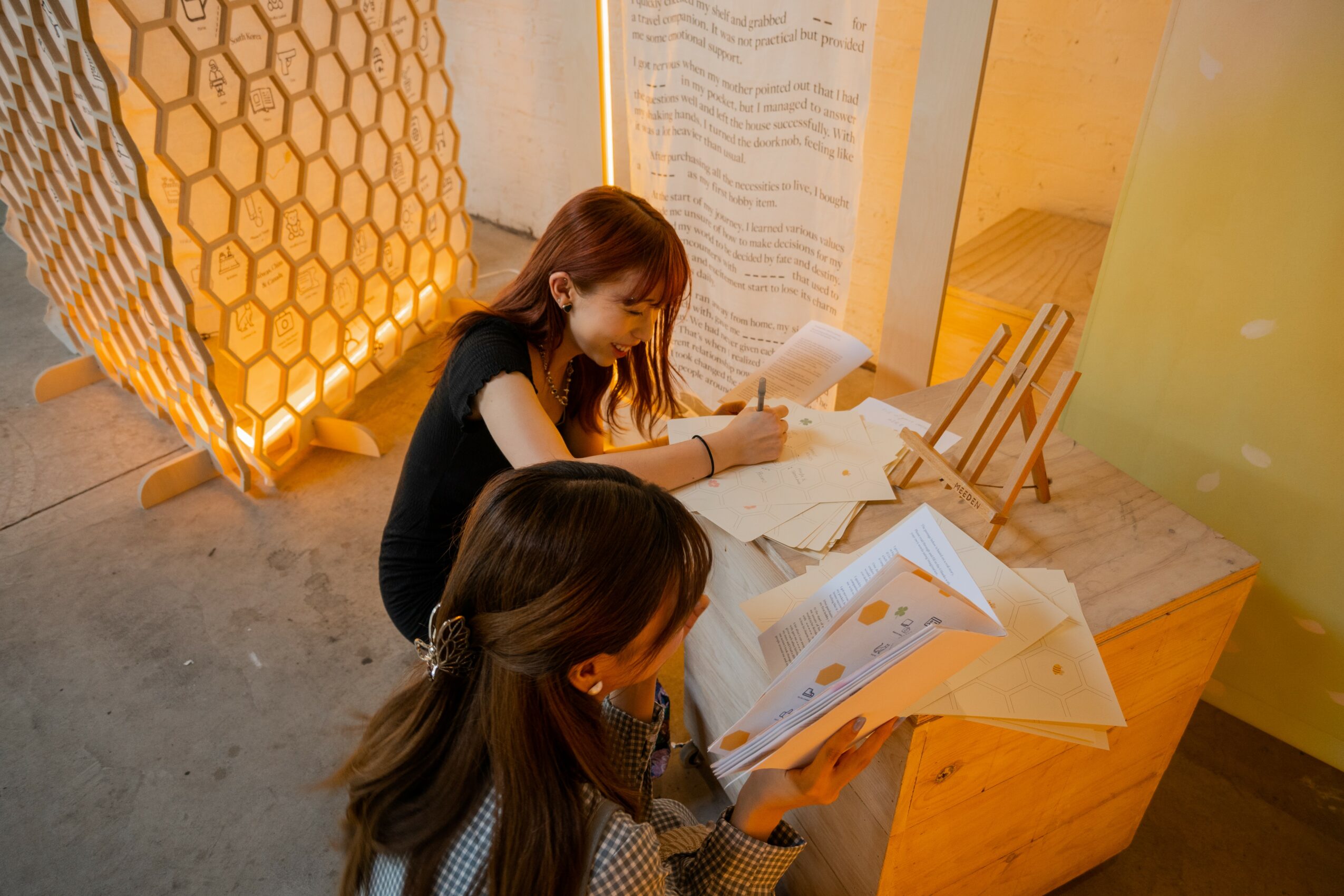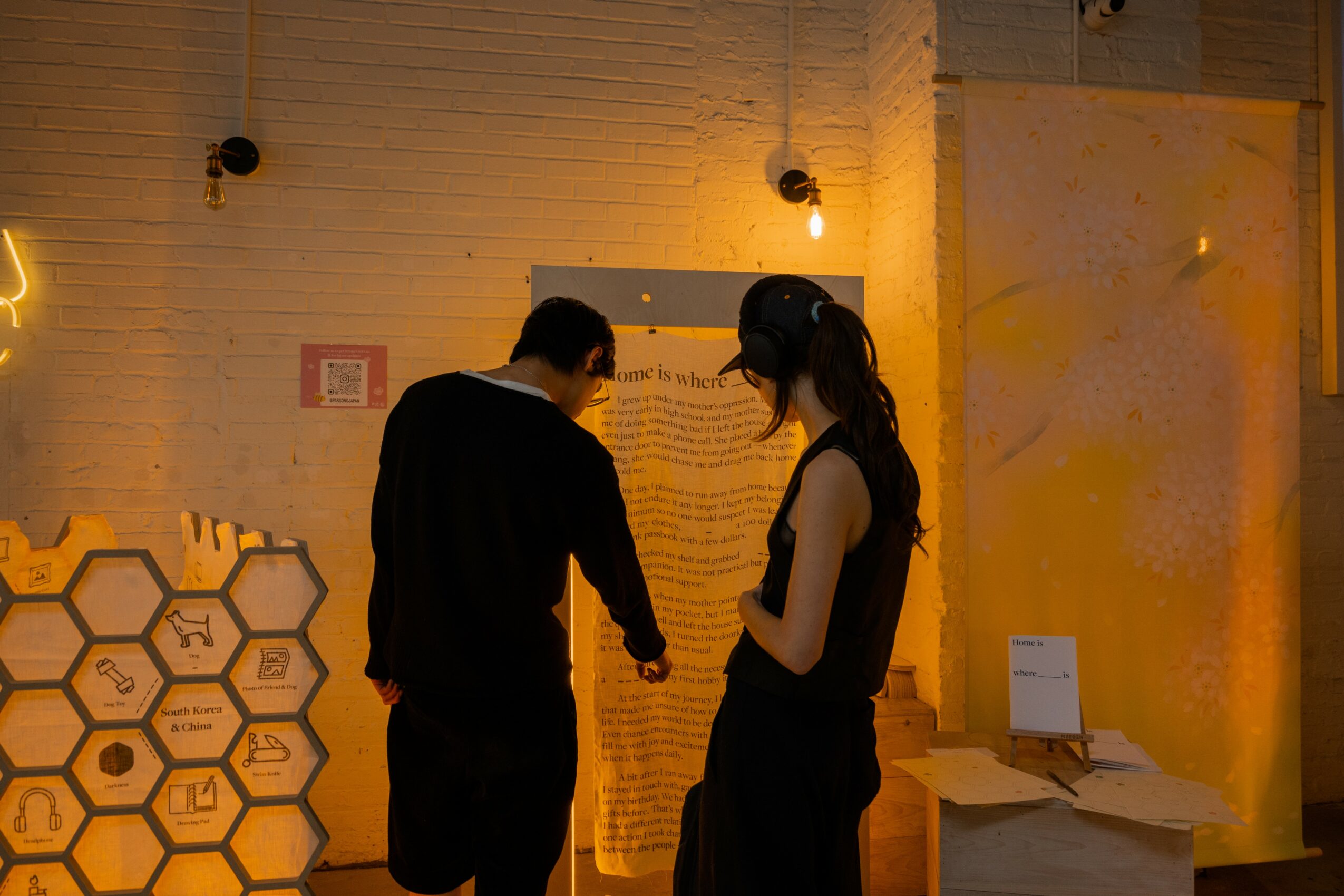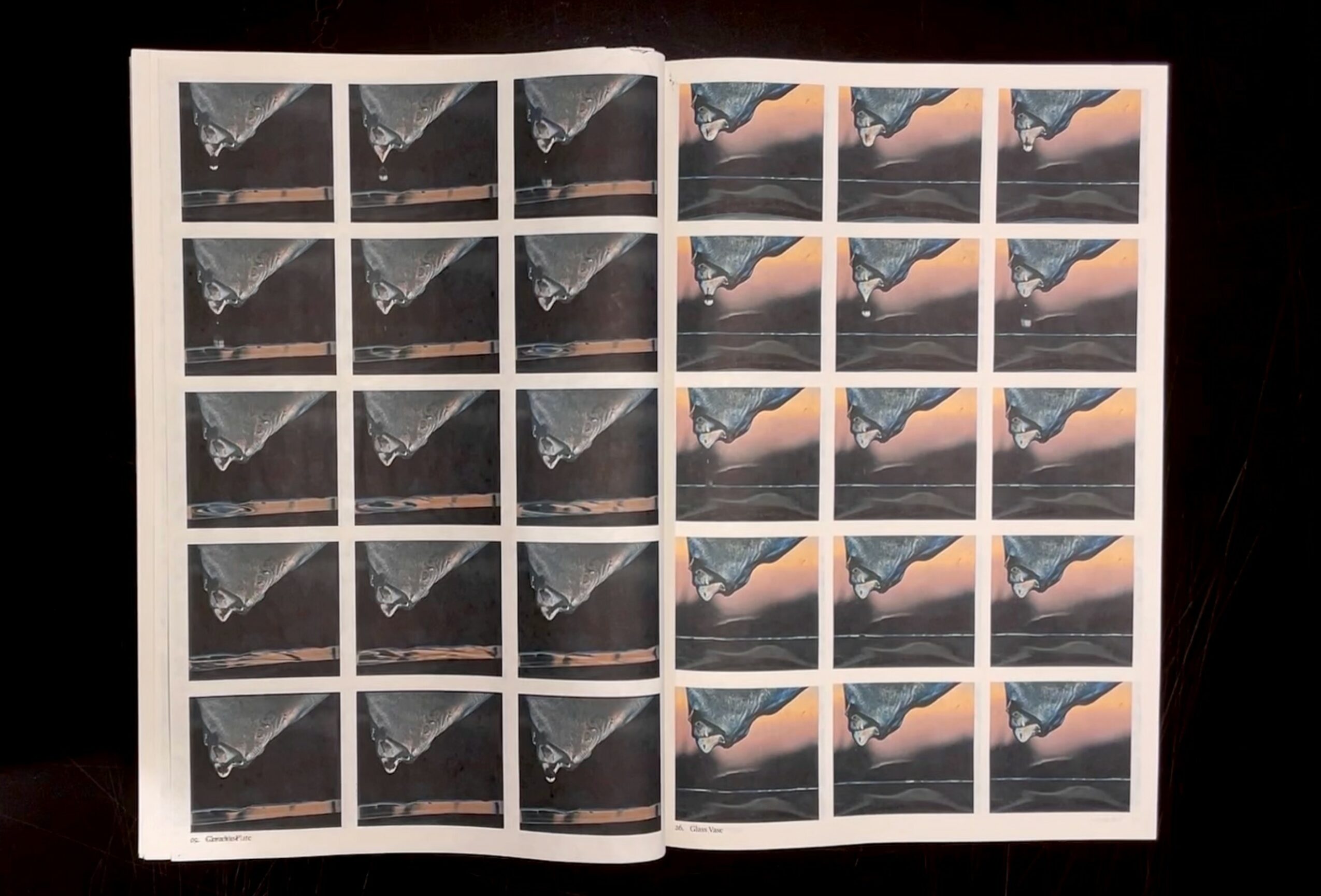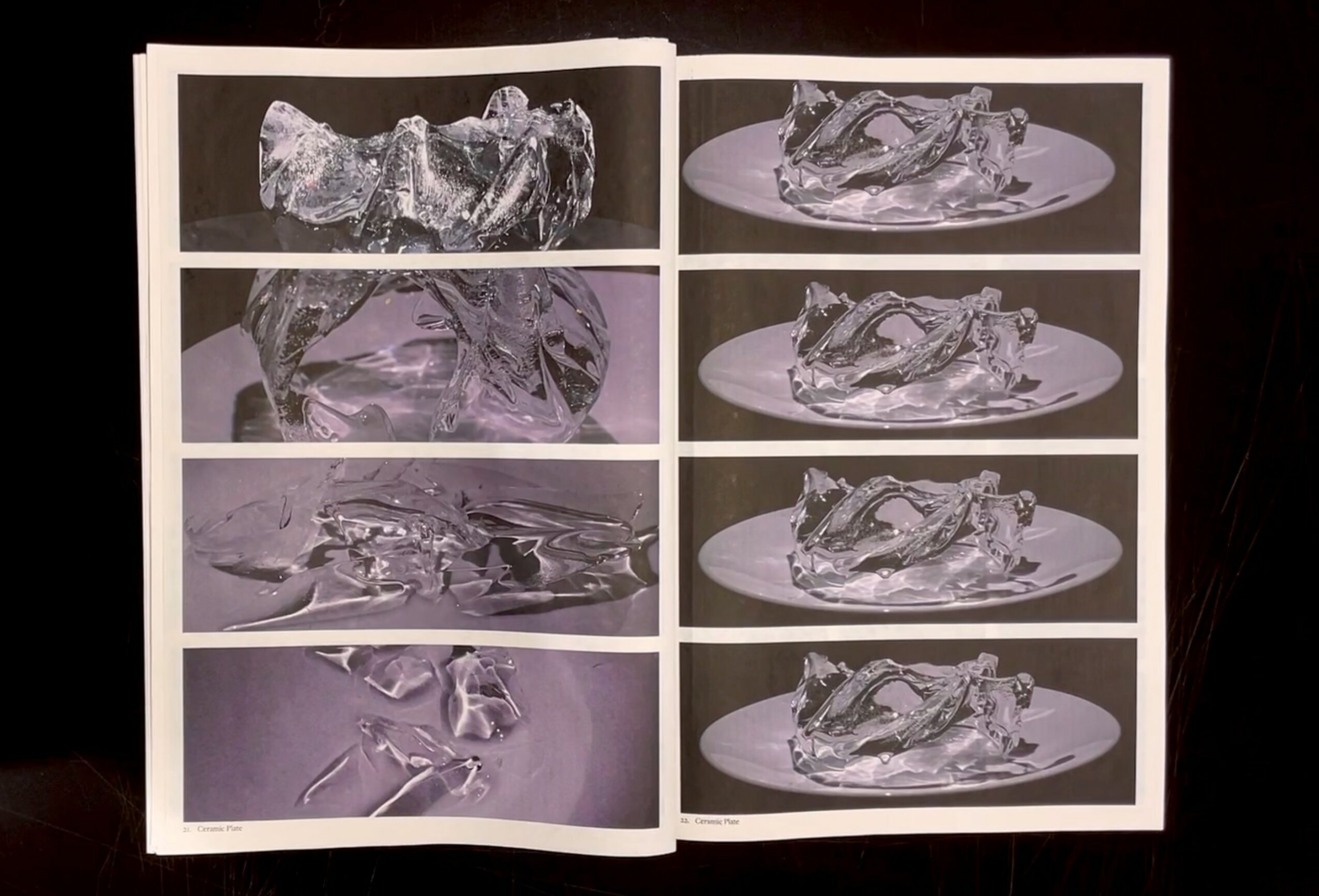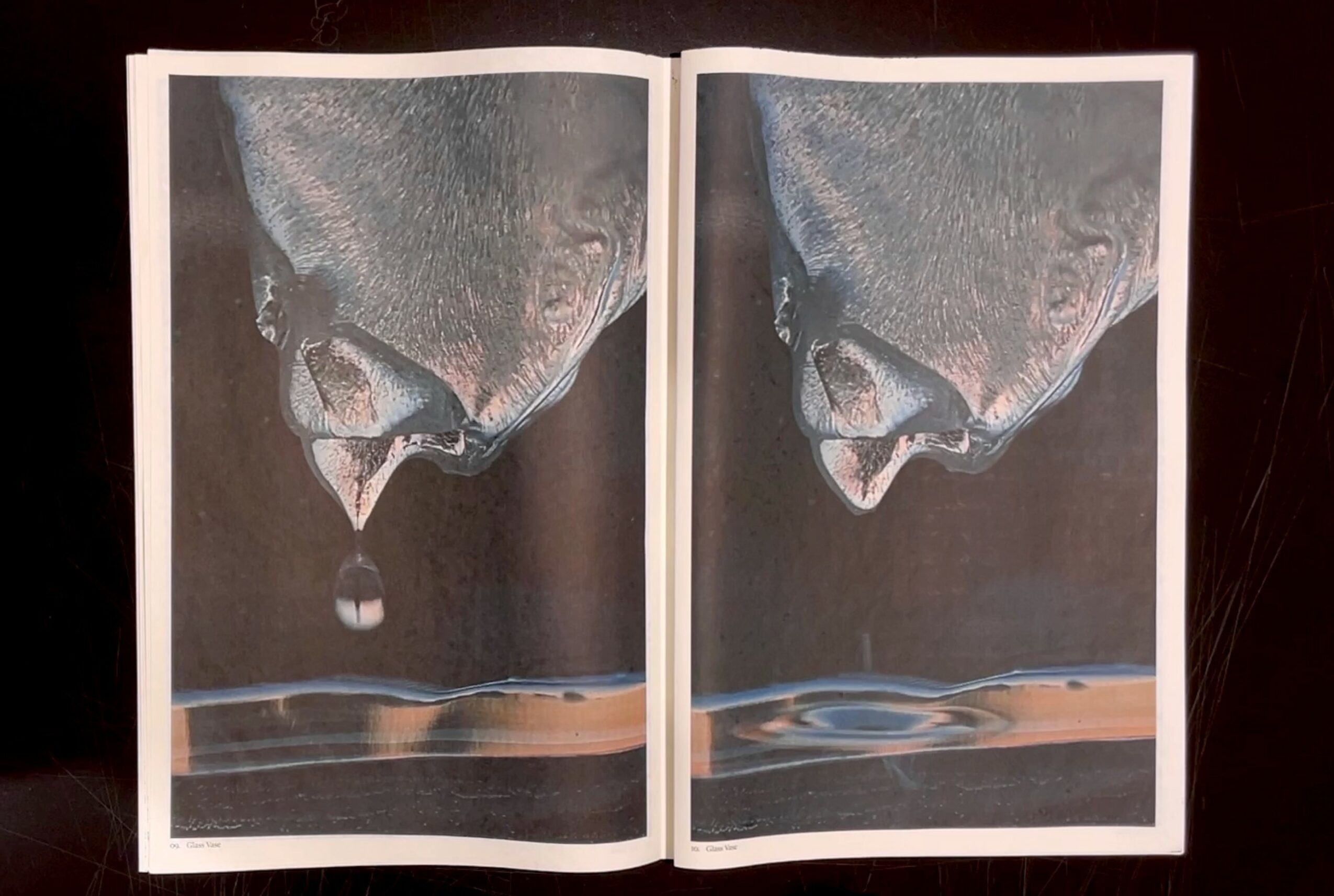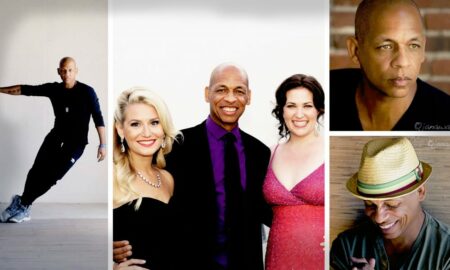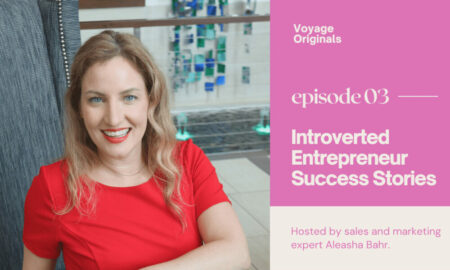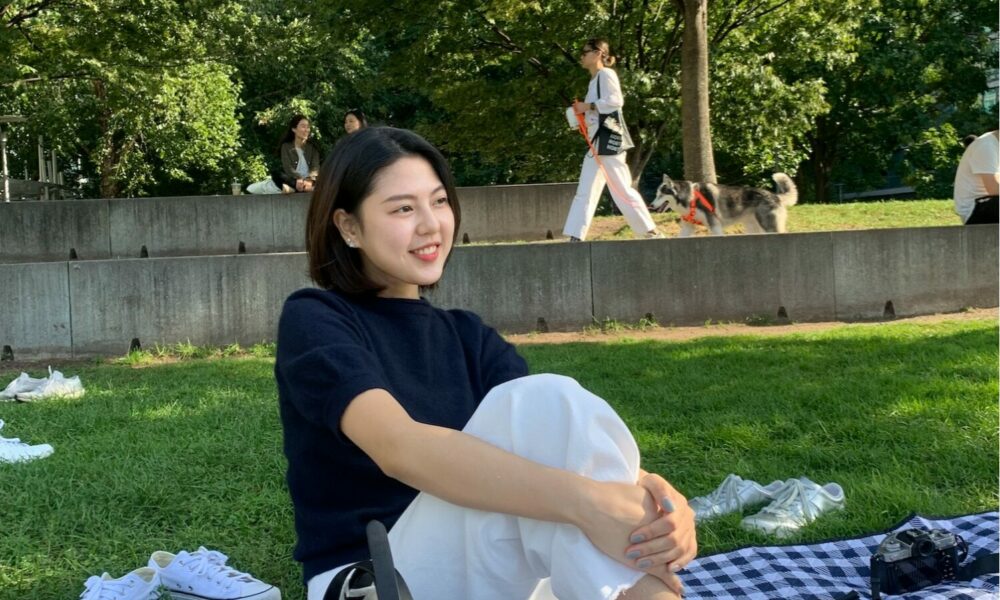

Today we’d like to introduce you to Aoi Sejima.
Hi Aoi, so excited to have you on the platform. So before we get into questions about your work-life, maybe you can bring our readers up to speed on your story and how you got to where you are today?
I was born in Tokyo, Japan. But at the age of four, I moved to South Korea and attended a Japanese school in Seoul for six years to develop my native language. I don’t really remember life in Japan, but I received my Japanese education and developed my Japanese personality and morality in the Japanese school in South Korea.
In 2011, I moved to New Jersey, where I decided to immerse myself in an English-speaking environment by attending a public school. Deciding to attend a public school in the States was not a difficult decision for me as a kid who felt less fear. I was curious to experience the new culture.
The road wasn’t smooth at all, and I had many challenges to overcome as I spent my youth in the States. As I got older and became more conscious of my surroundings and myself, I became more unsure of my identity as a Japanese person living outside of Japan for more than half of my life. I am often told by others that I am pretty Japanese for a person who has lived in the States for more than 10 years. But this doesn’t mean that I am as Japanese as people who grew up in Japan. It slowly became my dream to live in Japan as I saw the bright side of the country by watching anime and TV shows. I studied for the Japanese entrance exam too, but the longer I spent time in the States, the more I accommodated to the culture here, and it took some time for me to figure out where I belonged as an individual and a designer.
As I finished my bachelor’s degree in Communication Design at Parsons School of Design, The New School, I learned that I like Japanese minimal and sophisticated design and I like to use my multicultural background as a strength. So, I now work as a Junior Designer at a visual/branding agency in Brooklyn owned by a Japanese Creative Director.
I believe that experiences are what shape who you are today, and therefore, I love to focus on people’s emotional experiences as a designer. People will continue to change over time, like liquid that accommodates everywhere. Once you begin to form an identity, you become an ice cube to preserve who you are, temporarily, and you go back into the water again at one point to fit yourself into a new environment.
Alright, so let’s dig a little deeper into the story – has it been an easy path overall and if not, what were the challenges you’ve had to overcome?
Not knowing how to speak English at all, I knocked on the door of the elementary school in NJ without fear, as I was too naive to be afraid of anything. However, this decision to attend a local school in the States became the biggest turning point of my life, as I learned to push myself harder for achievements.
Unsurprisingly, I was challenged every day, and everything I experienced was a culture shock. My paper and electronic dictionaries were always in my hand, but I was failing classes, and some of the students took advantage of me while I struggled to express my opinions in English.
One day, my teacher, seeing that I had F’s in all of my subjects, told me to at least try to fill in the blanks when submitting assignments. So I did, even though I knew the answers were incorrect. Regardless, she gave me extra points for the effort, along with a comment saying “Thank you for trying :)”. This was the happiest culture shock I ever had in the States and allowed me to realize that I can achieve something as long as I try my best, even if I make a mistake. The Asian education system focuses on the result of one-time exams, and the results determine who you are as a student. On the other hand, the American education system pays attention to the processes and lets you challenge yourself without fear of making mistakes.
Learning that my effort will pay off, I gained motivation to challenge myself with the mindset that I will at least gain something from the process by trying my best. Going out of my comfort zone trained me to become a persistent person with grit.
This learning truly affected my personality, even after I began to see art as a profession after my junior year of high school. My senior year was one of the most hectic times as I continued to attend multiple clubs with a few leadership roles, along with college application preparations. Coming from a fine arts background, I was drawn to the beauty on the digital screen, which led me to major in Communication Design at Parsons School of Design. However, I continued to struggle as I encountered many talented students who had a longer relationship with art than I did. Critique time gave me motivation as I was exposed to others’ works. By learning to see my own work from a third perspective, I continued to push myself further and applied for a startup program at Cornell Tech in my junior year to join a team as a designer. This was a new challenge as I learned to communicate with already industry-experienced CS students and MBAs.
The more I challenged myself and achieved small to big accomplishments, the more I gained confidence, which eventually led me to take initiative. Funding a Japanese community called “Parsons Japanese Creatives” at my university was another challenge in my senior year of college. We collaborated with a similar art student community called “Tama Creative Guild” at Tama Art University in Tokyo, Japan, and successfully held two different exhibitions in Tokyo and New York, despite the difficulties of time and cultural perspective differences along the process.
The road wasn’t smooth at all until now. Nevertheless, I have been finding myself becoming tougher and stronger every time I overcome a struggle. So, I would continue to choose the bumpy road in the future.
Alright, so let’s switch gears a bit and talk business. What should we know about your work?
I currently specialize in visual/branding design as a junior designer at an agency.
However, outside of work, I also like to focus on emotional designs that feel tactile and intimate. Although I am still in the process of figuring out my style, I like to incorporate fluidity, light and shadow, and sound along with design in an interactive form. For example, my thesis work is called “They Think Differently, They Feel Differently”, and it was an interactive space that invited viewers to reflect on their relationships with their guardians and the pivotal moments that shaped their understanding of themselves. The space had fabrics hung from the ceiling where visitors could touch and walk around while listening to the voices and watching videos of the people who were sharing their stories. I am very proud that I had this exhibition work as I went beyond the graphic design field.
Additionally, I believe that going beyond the graphic design field as a designer by making the visuals feel more tactile is my strength. I would also like to utilize my Japanese and American identities in my designs as I continue to create emotional experiences.
What does success mean to you?
My success would be to have a great relationship with myself by learning more about myself. Since I like to push myself to reach my inner goals, I forget to ask myself how I’m feeling while leaving myself behind. Therefore, I would like to start taking care of myself more by balancing out my life and work.
Contact Info:
- Website: https://www.aoisejima.com/
- Instagram: https://www.instagram.com/sejimaoii/
- Linkedin: https://www.linkedin.com/in/aoisejima/
